[et_pb_section fb_built="1" _builder_version="3.22"][et_pb_row _builder_version="3.25" background_size="initial" background_position="top_left" background_repeat="repeat" column_structure="1_4,1_4,1_4,1_4"][et_pb_column type="1_4" _builder_version="3.25" custom_padding="|||" custom_padding__hover="|||"][et_pb_text admin_label="Image" _builder_version="4.7.7" hover_enabled="0" sticky_enabled="0"]
[/et_pb_text][et_pb_text admin_label="Image" _builder_version="4.7.7" hover_enabled="0" sticky_enabled="0"]
[/et_pb_text][/et_pb_column][et_pb_column type="1_4" _builder_version="3.25" custom_padding="|||" custom_padding__hover="|||"][et_pb_text admin_label="image" _builder_version="4.7.7" hover_enabled="0" sticky_enabled="0"]
[/et_pb_text][/et_pb_column][et_pb_column type="1_4" _builder_version="3.25" custom_padding="|||" custom_padding__hover="|||"][et_pb_text _builder_version="4.7.7" hover_enabled="0" sticky_enabled="0"]
[/et_pb_text][/et_pb_column][et_pb_column type="1_4" _builder_version="3.25" custom_padding="|||" custom_padding__hover="|||"][et_pb_text admin_label="Image" _builder_version="4.7.7" hover_enabled="0" sticky_enabled="0"]
[/et_pb_text][/et_pb_column][/et_pb_row][et_pb_row _builder_version="3.25" background_size="initial" background_position="top_left" background_repeat="repeat" column_structure="1_4,1_4,1_4,1_4"][et_pb_column type="1_4" _builder_version="3.25" custom_padding="|||" custom_padding__hover="|||"][et_pb_text admin_label="Image" _builder_version="3.27.4"]
[/et_pb_text][/et_pb_column][et_pb_column type="1_4" _builder_version="3.25" custom_padding="|||" custom_padding__hover="|||"][et_pb_text admin_label="image" _builder_version="3.27.4"]
[/et_pb_text][/et_pb_column][et_pb_column type="1_4" _builder_version="3.25" custom_padding="|||" custom_padding__hover="|||"][et_pb_text _builder_version="3.27.4"]
[/et_pb_text][/et_pb_column][et_pb_column type="1_4" _builder_version="3.25" custom_padding="|||" custom_padding__hover="|||"][et_pb_text admin_label="Image" _builder_version="3.27.4"]
[/et_pb_text][/et_pb_column][/et_pb_row][/et_pb_section]

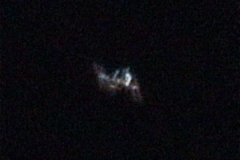
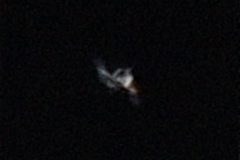
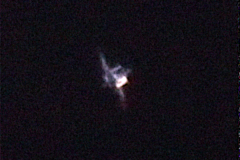
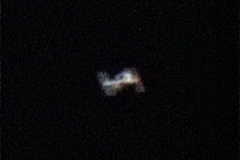
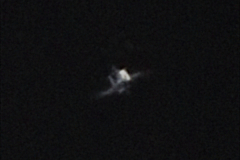
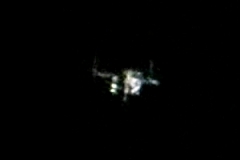
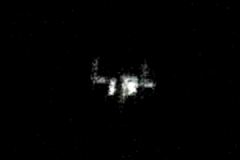
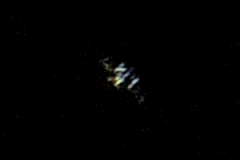
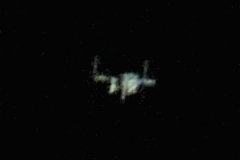
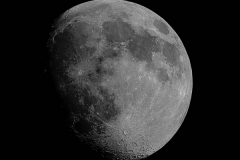
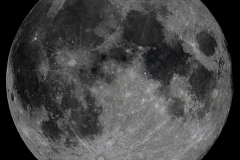
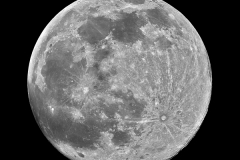
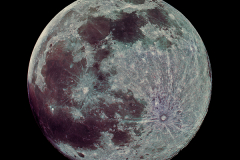
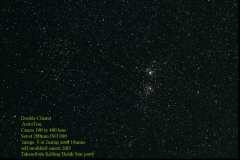
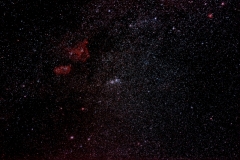
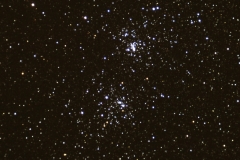
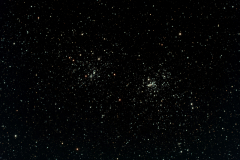
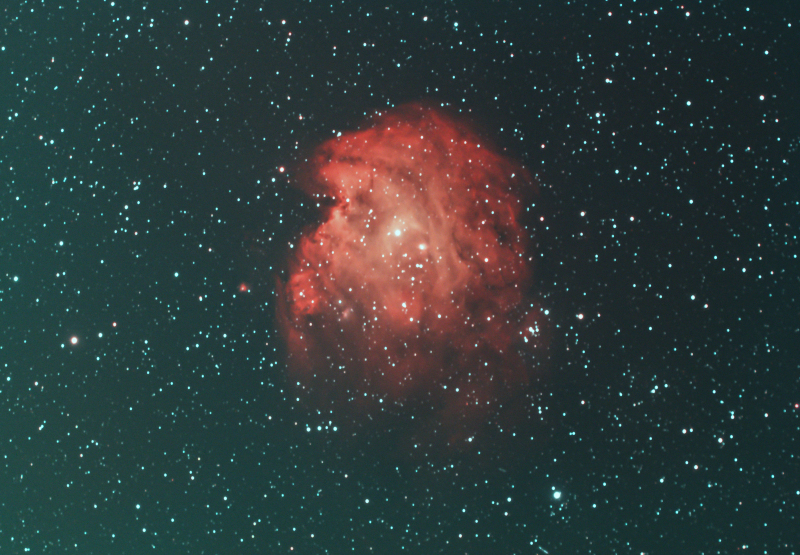 Image by Neil Webster no details provided[/caption]
Image by Neil Webster no details provided[/caption]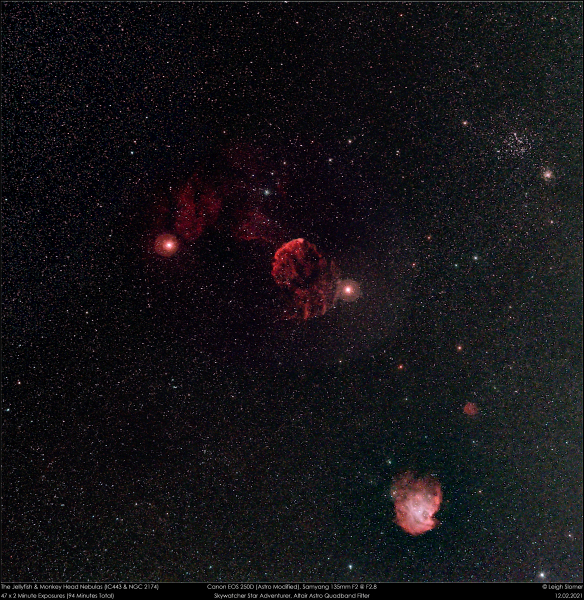 Image by Leigh Slomer - no details provided[/caption]
Image by Leigh Slomer - no details provided[/caption]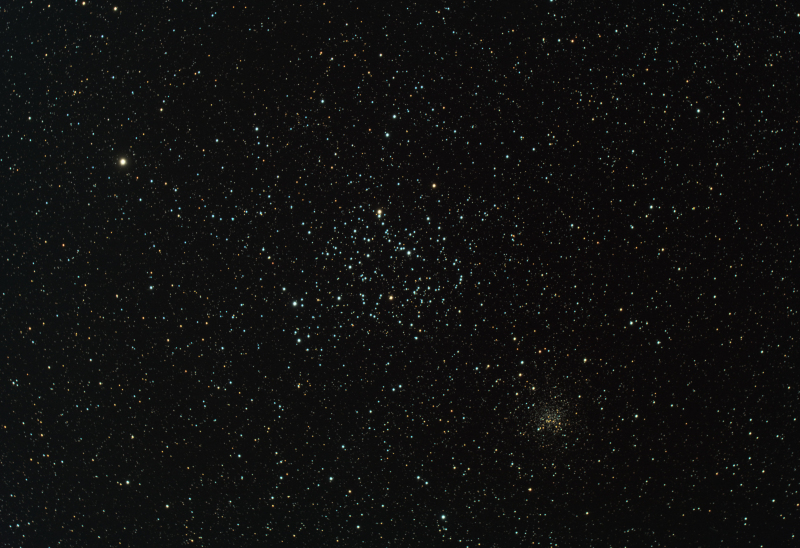 Image by Neil Webster - No details provided[/caption]
Image by Neil Webster - No details provided[/caption]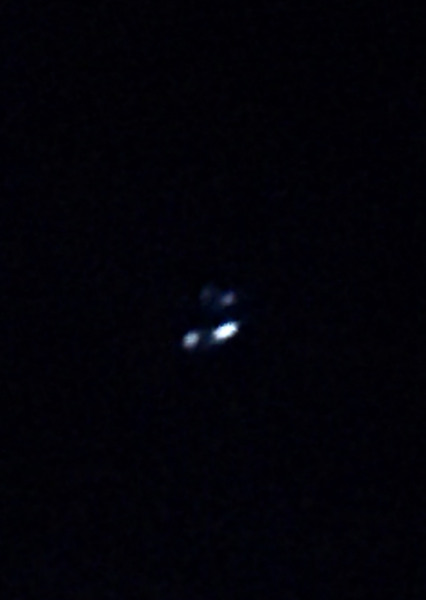 Here is a photo of Trapezium cluster I took a few weeks ago with my iPhone through my 102mm Maksutov scope. I think the magnification is about 100X. Don’t know ISO because it was taken with phone camera. You can see five stars. I plan to take out my bigger scope and try again. “Cheers”[/caption]
Here is a photo of Trapezium cluster I took a few weeks ago with my iPhone through my 102mm Maksutov scope. I think the magnification is about 100X. Don’t know ISO because it was taken with phone camera. You can see five stars. I plan to take out my bigger scope and try again. “Cheers”[/caption]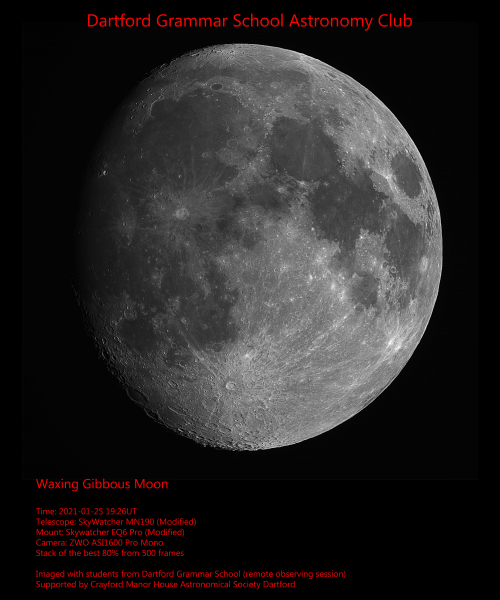 Image by Simon Dawes & Dartford Grammar School Astronomical Society[/caption][caption id="" align="aligncenter" width="384"]
Image by Simon Dawes & Dartford Grammar School Astronomical Society[/caption][caption id="" align="aligncenter" width="384"]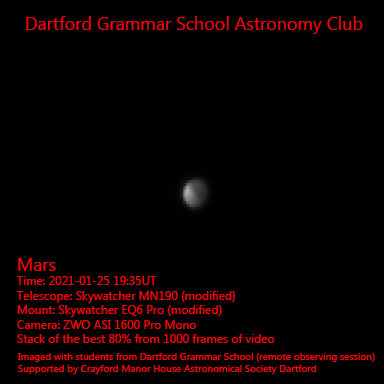 Image by Simon Dawes & Dartford Grammar School Astronomical Society[/caption][caption id="" align="aligncenter" width="630"]
Image by Simon Dawes & Dartford Grammar School Astronomical Society[/caption][caption id="" align="aligncenter" width="630"]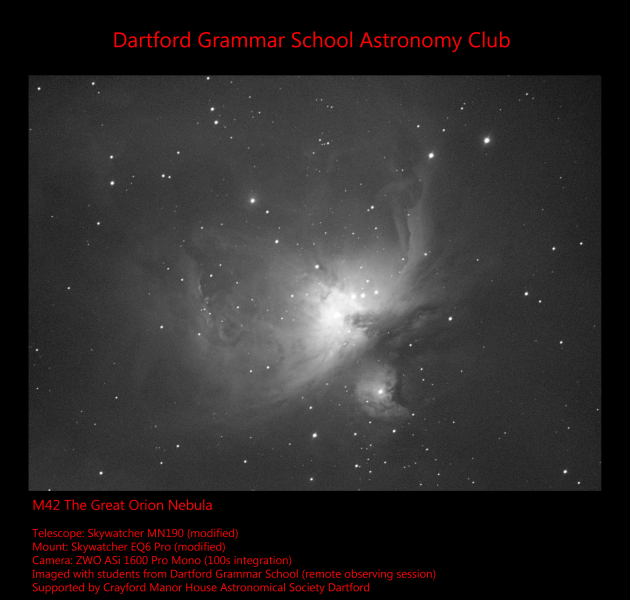 Image by Simon Dawes & Dartford Grammar School Astronomical Society[/caption]
Image by Simon Dawes & Dartford Grammar School Astronomical Society[/caption]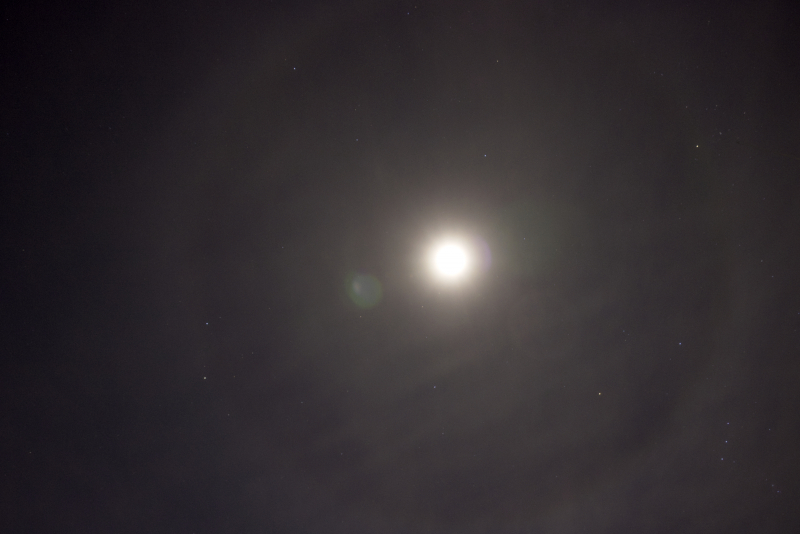 Image by Diane Clarke This image shows the Moon and a 22° lunar halo, along with the stars of Gemini Aruga, Taurus & Orion Image details, Canon EOS 750D, Sigma 18 - 250mm lens @ 18mm 8 sec @ f5.6, ISO 800, 25.01.21 @ 20.48 hrs Static Tripod Image as shot[/caption]
Image by Diane Clarke This image shows the Moon and a 22° lunar halo, along with the stars of Gemini Aruga, Taurus & Orion Image details, Canon EOS 750D, Sigma 18 - 250mm lens @ 18mm 8 sec @ f5.6, ISO 800, 25.01.21 @ 20.48 hrs Static Tripod Image as shot[/caption]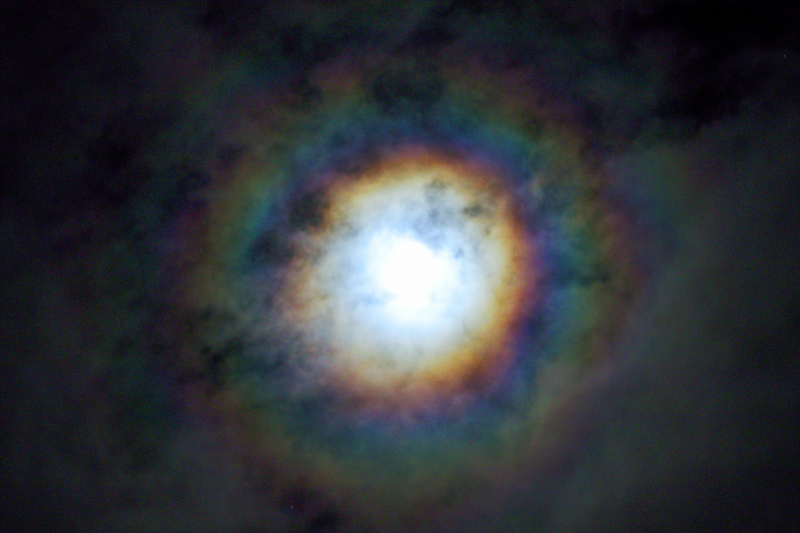
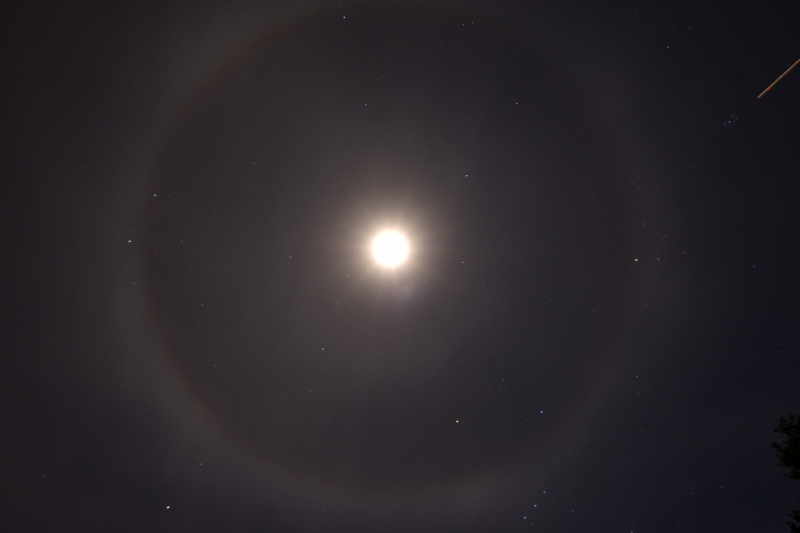 Image by Jim Burchel image taken on the Evening of 25/01/21. Image taken with a pentax K70. ISO 800/ F8 and 30 second exposure. Image showing some part of Orion Taurus and the Pleiades..[/caption]
Image by Jim Burchel image taken on the Evening of 25/01/21. Image taken with a pentax K70. ISO 800/ F8 and 30 second exposure. Image showing some part of Orion Taurus and the Pleiades..[/caption]